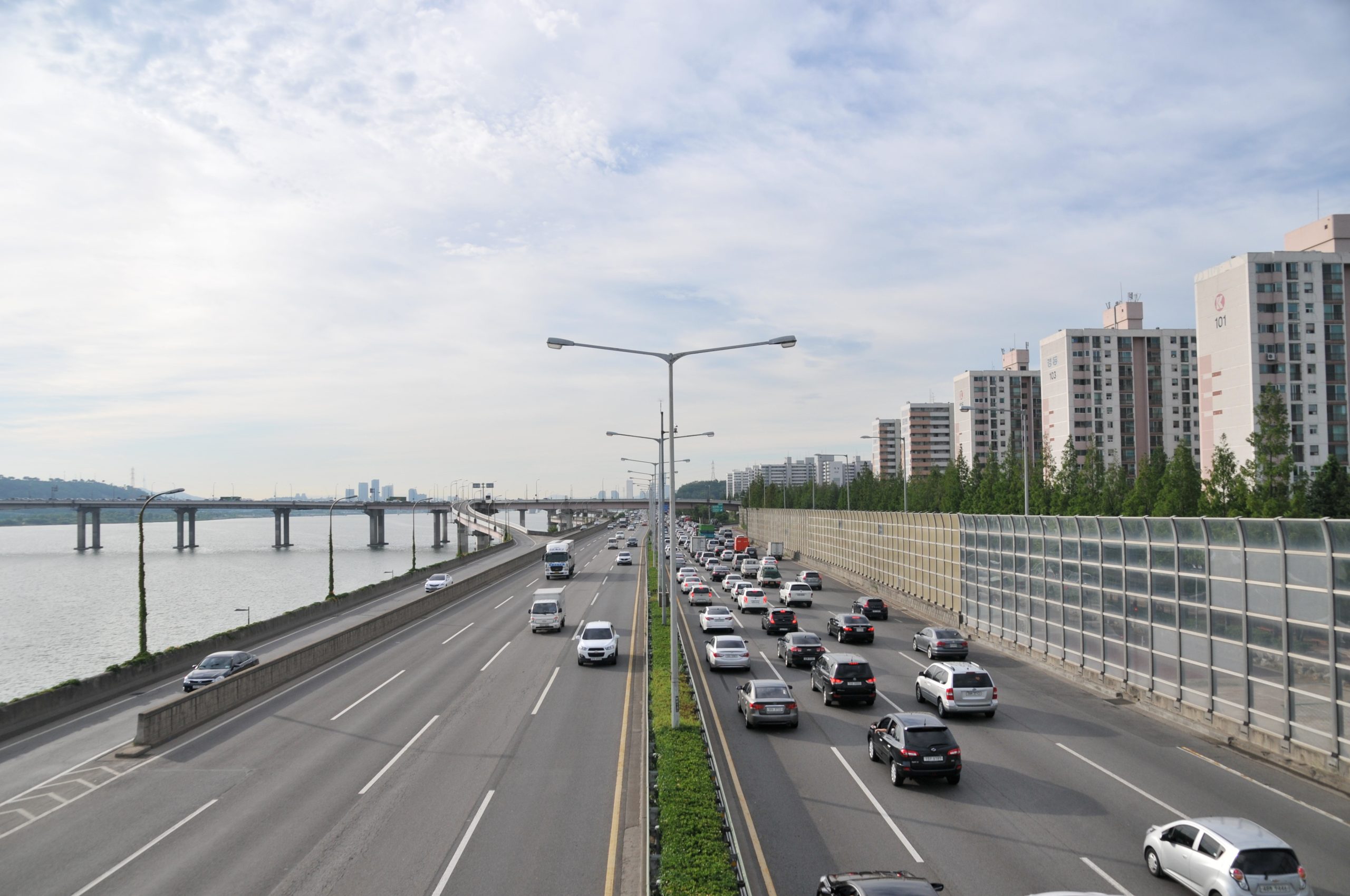 Driving poses undeniable risks. However, travelers may need to consider how unsafe a barrier curb may be in certain situations. When is the state liable for these conditions? A case from the St. John Baptist parish considered how the state department of development and transportation was at fault for construction risks that contributed to an accident.
Driving poses undeniable risks. However, travelers may need to consider how unsafe a barrier curb may be in certain situations. When is the state liable for these conditions? A case from the St. John Baptist parish considered how the state department of development and transportation was at fault for construction risks that contributed to an accident.
One afternoon, James Harris drove along the Airline Highway in Louisiana with his wife and their two grandchildren. As Harris traveled southbound, another northbound driver, Marilyn (MB), began driving erratically. MB’s car eventually drifted into the opposite side of traffic after crossing over a barrier curb on the highway. Harris moved onto the right-hand shoulder of the road to avoid MB. Unfortunately, despite his efforts to prevent a collision, MB’s vehicle crashed into Harris’, and he injured his left leg, foot, and hip. Ultimately, Harris’ left leg was amputated eight inches below the knee, and MB died from the accident.
Harris sued the Louisiana Department of Transportation and Development (DOTD) for failing to have a jersey curb that would have prevented MB’s car from drifting into the opposite side of traffic. In addition, he sued Progressive Security Insurance Company, MB, MB’s insurance provider. The trial court found the DOTD to be 90% at fault and Ms. MB to be 10% at fault for the accident, and the jury ultimately awarded Harris $5,000,000 in general damages and $1,000,000 for loss of enjoyment of life. On appeal, the DOTD argued that the trial court abused its discretion in finding the DOTD liable and in the number of damages awarded to Harris.
La. R. S. 48:35 requires the DOTD to adopt minimum safety guidelines for highways, bridges, construction, and maintenance. The guidelines come from the American Association of State Highway and Transportation Officials (AASHTO). In this case, the AASHTO guidelines stated that barrier curbs were not recommended on highways with speed limits above 50 miles per hour. The area where the accident occurred had a speed limit of 55 miles per hour. Therefore the barrier curb at the location of the accident was not recommended. In Harris’ case against the DOTD, he argued that a jersey curb instead of a barrier curb would have been safer and would have prevented MB from entering the opposite side of traffic.
During the trial, Harris had to prove that the DOTD owned the highway, the conditions of the highway created an unreasonable risk of injury, the DOTD was aware of the unsafe condition and failed to take action to fix the hazard, and the hazardous condition was the actual cause of Harris’ injury. The trial court initially concluded that the barrier curb caused the accident because it helped “launch” MB’s vehicle into the opposite side of traffic. Also, the fact that the barrier curb was not recommended in that highway area assisted the trial court in deciding that the barrier curb was an unreasonable hazard. However, the court of appeals decided that the trial court’s decision, in this case, was “clearly wrong” because the DOTD did not violate minimum safety guidelines, and the barrier curb was not the ultimate cause of the accident. The AASHTO guidelines simply stated that barrier curbs are not recommended for roads with speed limits over 50 miles per hour but did not prohibit them from being used.
Additionally, AASHTO did not require jersey curbs at the location of the accident. Therefore, the DOTD did not violate Louisiana law or minimum safety guidelines concerning the barrier curb and the absence of the jersey curb. The court also pointed out that MB’s actions were the real cause of the accident because if she had stayed in control of her car, the accident would not have happened.
The DOTD was ultimately still liable for Harris’ injuries because the barrier curb was not recommended in the area. However, the court held that it was inappropriate to allocate 90% of the fault to the DOTD. Instead, the court held that the DOTD and MB were equally at fault for the accident.
As this case demonstrates, presenting facts, evidence, and legal issues can be very complicated with entities such as the LDOT involved. Therefore, one must have an expert attorney to help guide you through the legal process if you are involved in a car accident.
Written by Berniard Law Firm
Other Berniard Law Firm Articles on LDOT: Louisiana Court Discusses Evidentiary Issues in Case Against Louisiana Department of Transportation and Development
 Insurance Dispute Lawyer Blog
Insurance Dispute Lawyer Blog

